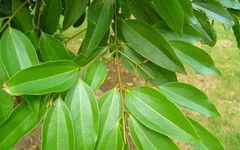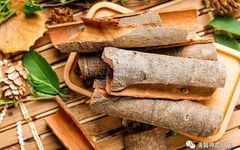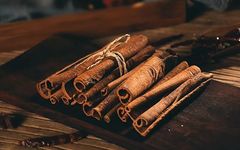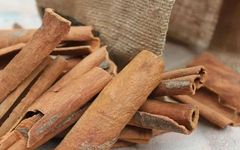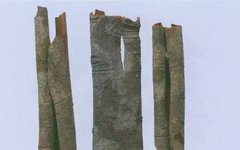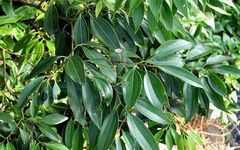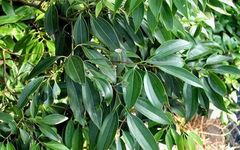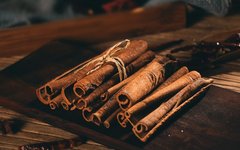The Efficacy and Functions of Cinnamon in Traditional Chinese Medicine
This product is a commonly used traditional Chinese medicine. It is classified as a superior product in the “Shennong Bencao Jing” (Shennong’s Classic of Materia Medica). Alias: Yu Gui (Jade Cinnamon), You Gui (Oily Cinnamon), Mu Gui (Bark Cinnamon). Source: This product is the dried bark or branch bark of the evergreen tree Cinnamomum cassia, … Read more

